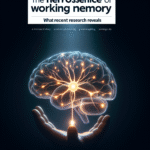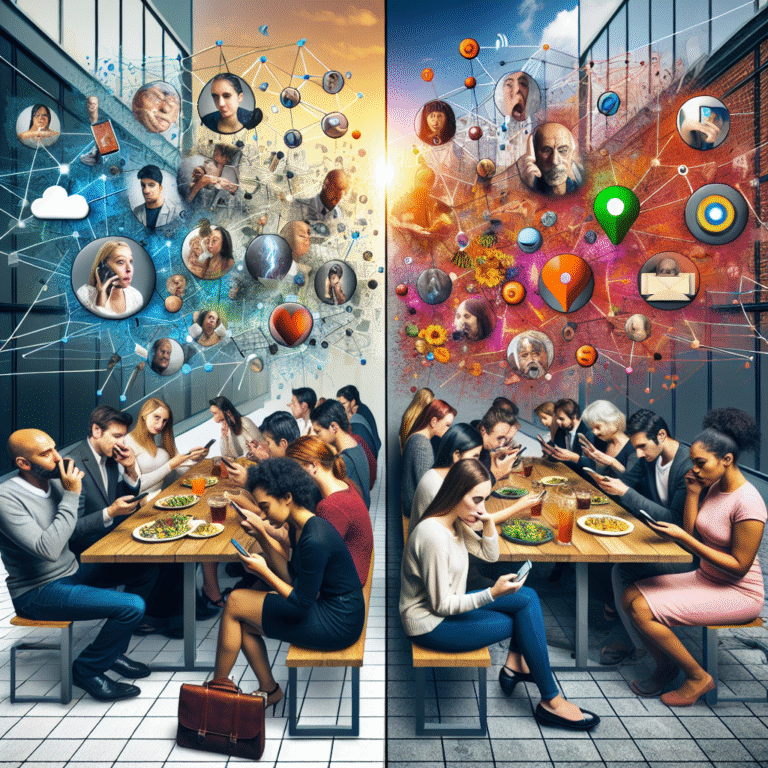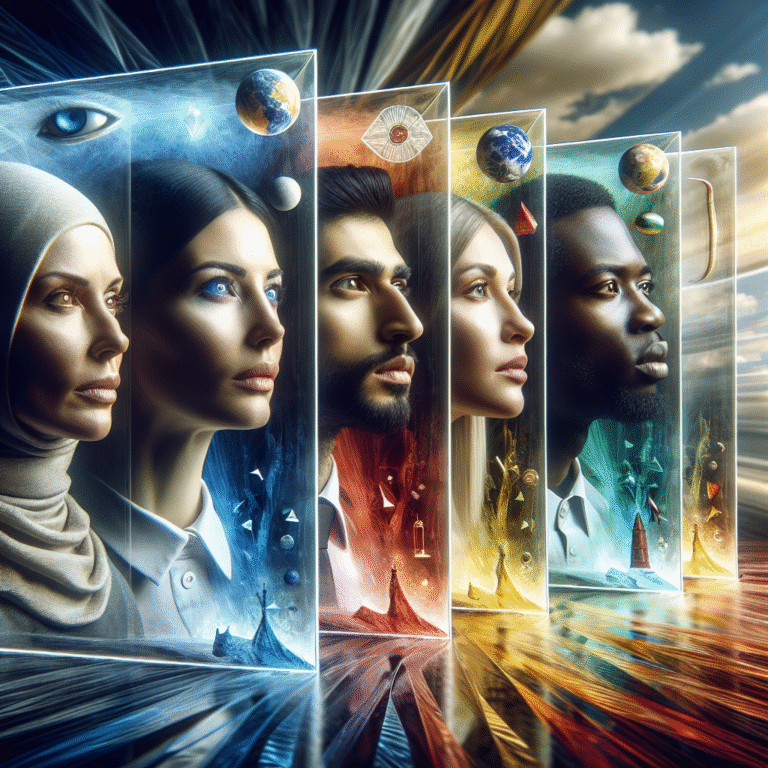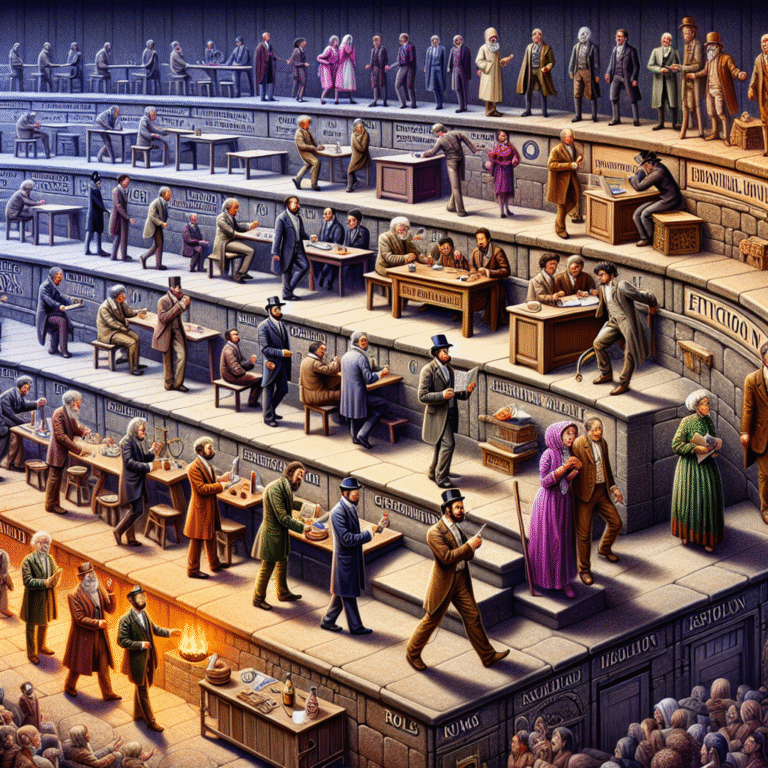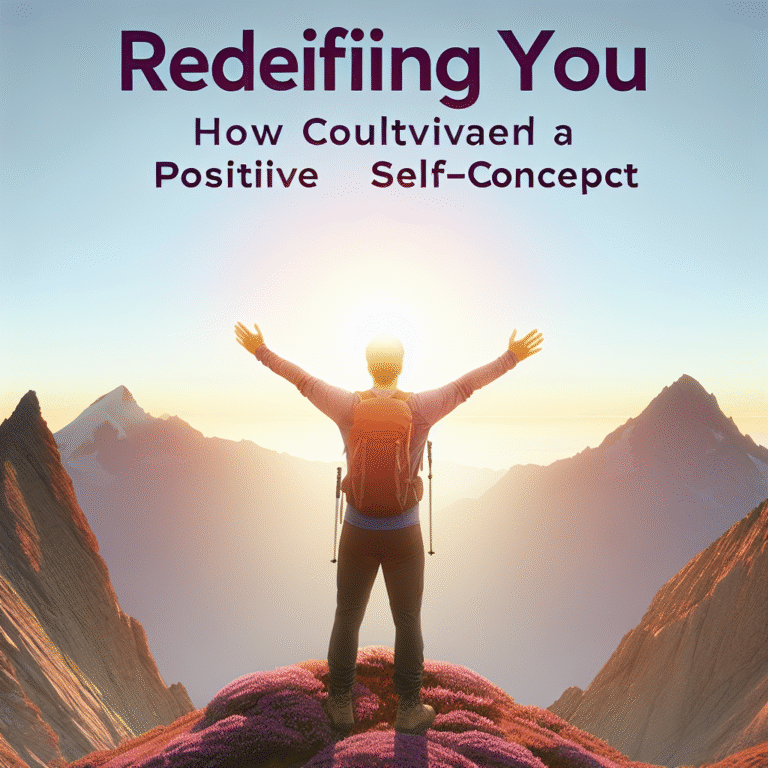
Introduction
In an era characterized by rapid technological advancement and evolving cultural landscapes, understanding the social norms that govern our relationships has never been more vital. Navigating Change: How Social Norms Shape Modern Relationships isn’t just a catchy phrase; it encapsulates a profound truth about the way we interact, connect, and build bonds in a world that is constantly in flux. From dating apps reshaping courtship to evolving family structures influencing how we perceive love and commitment, social norms are at the forefront of these significant changes. The implications are immense, touching every corner of our personal lives. This article will delve into the intricacies of these dynamics, offering deep insights, compelling case studies, and practical takeaways.
The Evolution of Social Norms
Understanding Social Norms
Social norms are unwritten rules that dictate acceptable behavior within a group or society. They derive their power from shared beliefs and values, and they evolve with cultural shifts. As society progresses, so do these norms, leading to significant changes in how relationships are formed and maintained.
Case Study: The Impact of Technology on Dating Norms
Consider the rise of dating apps like Tinder and Bumble. A decade ago, meeting someone online was often stigmatized, viewed as a last-resort option. However, as technology advanced and social acceptance grew, these platforms have become mainstream. According to a study by the Pew Research Center, 30% of U.S. adults have used a dating app. This shift has redefined courtship, as social norms now embrace digital introductions as valid pathways to forming connections.
| Factor | Traditional Dating | Modern Dating via Apps |
|---|---|---|
| Meeting Environment | Social gatherings | Digital platforms |
| Initial Interaction | Face-to-face | Text-based |
| Expectations | Long-term focus | Variety of intentions |
The Role of Gender Norms
Historically, gender roles dictated how relationships were navigated. Men were often seen as pursuers, while women were expected to be passive recipients. However, Navigating Change: How Social Norms Shape Modern Relationships highlights a shift towards a more egalitarian approach. Women are increasingly taking on active roles in both dating and relationship dynamics, which is reshaping expectations and interactions.
The Influence of Cultural Shifts
Reflecting on Cultural Changes
As societies become more diverse, cultural norms surrounding relationships are constantly shifting. Interracial and same-sex relationships have moved from being taboo to increasingly accepted. This transformation reflects broader societal changes—and illustrates how social norms evolve over time.
Case Study: Interracial Relationships
Consider a recent study highlighting the increasing acceptance of interracial relationships among younger generations. According to research compiled by the Pew Research Center, 39% of Americans say they are in favor of interracial marriage compared to just 24% a few decades ago. This change in perception is not only significant for individual couples but also speaks to a larger shift in societal values that embraces diversity and inclusion.
| Year | Support for Interracial Marriage |
|---|---|
| 1980 | 24% |
| 2000 | 36% |
| 2020 | 39% |
This transformation is crucial for understanding how social norms dictate relationship patterns in an ever-diversifying world.
Societal Pressures and Norms
The Weight of Expectations
Social norms often come with an array of expectations that can either aid or hinder relationships. Understanding these pressures is an essential part of Navigating Change: How Social Norms Shape Modern Relationships.
Case Study: Family and Peer Pressures
In many cultures, the pressure to marry by a certain age is prevalent. A survey conducted by the American Psychological Association revealed that 62% of young adults feel pressured to settle down by their late twenties. These societal expectations can create stress and anxiety, leading individuals to make hasty decisions that might not reflect their true desires, affecting their happiness and relationship satisfaction.
The Impact of Social Media
Redefining Interactions
Social media platforms have transformed how individuals connect and communicate, altering social norms regarding relationships. When we talk about Navigating Change: How Social Norms Shape Modern Relationships, social media’s effects cannot be ignored.
Case Study: The Rise of Public Relationships
A 2018 study revealed that 60% of millennials share their relationship status on social platforms. This trend of publicizing relationships can amplify pressures to conform to idealized standards. As a result, couples may prioritize maintaining a "perfect" online presence over nurturing their real-life connection.
| Social Media Impact | Positive Aspects | Negative Aspects |
|---|---|---|
| Emotional support | Community building | Comparison culture |
| Communication ease | Instant connection | Misinterpretations |
| Public expression of love | Celebrating milestones | Public scrutiny |
Navigating Change in Modern Relationships
Building Healthy Boundaries
One of the most critical aspects of Navigating Change: How Social Norms Shape Modern Relationships is understanding and establishing healthy boundaries. As relationships evolve, the ability to communicate openly and effectively has become paramount.
Actionable Insights
- Open Communication: Encourage honest conversations about needs and expectations.
- Respecting Personal Space: Understand the importance of individuality within a partnership.
- Emotional Check-Ins: Regularly evaluate the relationship’s health, adjusting boundaries as needed.
Embracing Change
Instead of resisting the shifts brought on by changing social norms, individuals should embrace them to foster healthier relationships. Navigating Change: How Social Norms Shape Modern Relationships is not necessarily about adhering to outdated expectations but rather understanding and adapting to new realities.
Case Study: Embracing Non-Traditional Relationships
The emergence of relationship structures like polyamory showcases how norms are being challenged. Couples are increasingly exploring non-monogamous arrangements, redefining commitment and connection. A study released by the Journal of Social and Personal Relationships noted that 9% of Americans have engaged in consensual non-monogamy, illustrating a significant shift in attitudes towards traditional relationship structures.
| Relationship Type | Key Characteristics |
|---|---|
| Monogamous | Exclusive emotional and sexual bonds |
| Open Relationships | Emotional exclusivity with sexual openness |
| Polyamory | Emotional and sexual relationships with multiple partners |
Conclusion
As we conclude this exploration of Navigating Change: How Social Norms Shape Modern Relationships, we realize the power that societal expectations hold in both shaping our interactions and redefining our understanding of relationships. Change is often uncomfortable, but it also brings opportunities for growth, connection, and understanding.
To thrive in this evolving landscape, it’s essential to remain open-minded and adaptable, embracing new norms that foster healthy relationships. By prioritizing communication, respecting boundaries, and challenging antiquated beliefs, we can cultivate connections that are not only harmonious but also fulfilling.
FAQs
1. What are social norms, and how do they influence relationships?
Social norms are unwritten rules that govern behavior within society. They influence relationships by shaping expectations around dating, intimacy, and commitment levels.
2. How has technology changed dating norms?
Dating apps have made it easier to meet new people, changing expectations about how relationships begin. They have also influenced social acceptance of online dating.
3. Can societal pressures harm relationships?
Yes, societal pressures can lead individuals to make decisions based on external expectations rather than personal desires, potentially causing stress and dissatisfaction.
4. What role does social media play in modern relationships?
Social media influences how relationships are presented and perceived, leading to both positive aspects (like community support) and negative ones (such as comparison culture).
5. How can individuals better navigate changing social norms in their relationships?
Open communication, establishing healthy boundaries, and embracing change are essential strategies for navigating evolving social norms and fostering strong relationships.
By understanding and adapting to these social norms, individuals can cultivate relationships filled with authentic connection and resilience.

